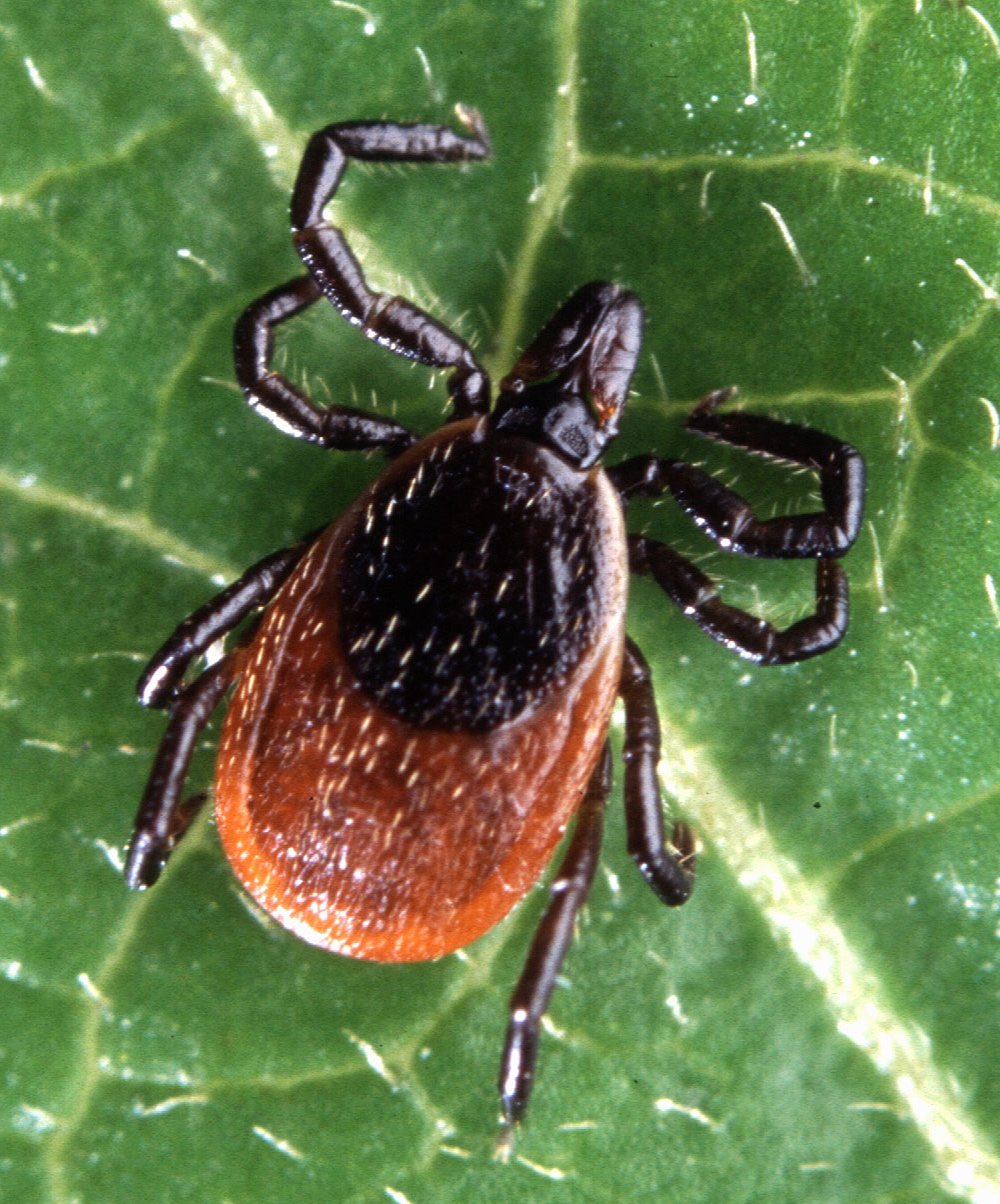Powassan Virus Strikes In Columbia County
Posted by Jennifer Smith on 15th Jun 2018
COLUMBIA COUNTY — A rare case of Powassan virus has been confirmed in Columbia County, county health officials report.
The person who was diagnosed with the virus — a rare, but serious disease that is transmitted to humans by ticks — is "recovering well," according to Dr. Ananthakrishnan Ramani, chief of infectious diseases and microbiology at Columbia Memorial Health and medical director for the county health department.
It's the first such case confirmed this year in New York, and it may be the last one, according to state health officials.

"It is very rare," said Bryon Backenson, deputy director of the state Health Department Bureau of Communicable Disease Control. "We've only had 29 cases ever in the state since the early 2000s when it first really became known."
There were six confirmed cases in the state last year, including three in Saratoga County. A 74-year-old man from Gansevoort died after contracting the virus last year. Nationwide, about 100 cases have been reported — largely in the Northeast and Great Lakes region, the Centers for Disease Control and Prevention reports.
To put it in perspective, Backenson said, there are roughly 40,000 to 50,000 tick bites a year in New York, resulting in 7,000 to 8,000 annual cases of Lyme, the most prevalent tick-borne disease.
"So even though it may sound a little exotic and scary, it is still extremely rare," he said.
Despite its rarity, the virus has made headlines in recent years due to how rapidly it spreads from tick to human and the severity of symptoms.
Unlike Lyme and other tick-borne diseases, a tick can transmit Powassan virus while being attached to a person for as little as 15 minutes, the state Health Department reports. The disease does not, however, spread from person to person.
Signs and symptoms of infection can include fever, headache, vomiting, weakness, confusion, seizures and memory loss. It can also cause life-threatening encephalitis, or inflammation of the brain. Long-term neurological problems may occur.
There is no specific treatment, according to the CDC, but people with severe virus illnesses often need to be hospitalized to receive respiratory support, intravenous fluids or medications to reduce swelling in the brain.
You can reduce your risk of being infected with Powassan virus the same way you would avoid being infected with more common tick-borne diseases, like Lyme.
- Wear light-colored clothing with a tight weave to spot ticks easily, as well as enclosed shoes, long pants and a long-sleeved shirt. Tuck the pant legs into socks or boots and shirt into pants.
- Check clothes and any exposed skin frequently for ticks while outdoors.
- Use insect repellent. The same stuff that repels mosquitos often repels ticks. Check mainstream labels like OFF!, Cutter and Sawyer and keep an eye out for the active ingredients DEET, picaridin or IR3535.
- Wear permethrin-treated clothing and footwear when in tick habitats.
- Stay on cleared, well-traveled trails. Walk in the center of trails. Avoid dense woods and bushy areas.
- Bathe or shower as soon as possible after going indoors (preferably within two hours) to wash off and more easily find ticks that may be on you.
- Do a final, full-body tick check at the end of the day (also check children and pets), and remove ticks promptly.
Story re-posted from Times Union. Reported by Bethany Bump
